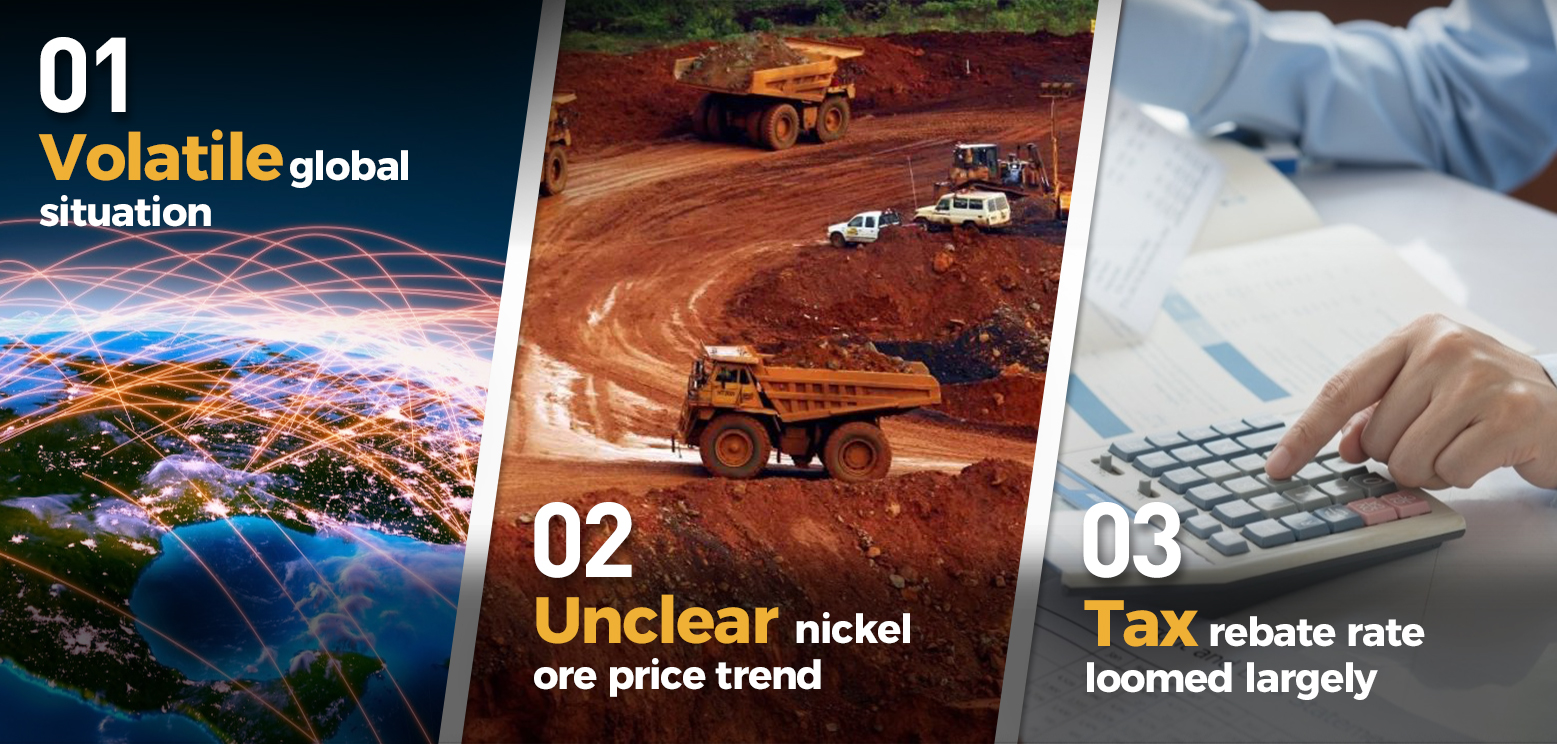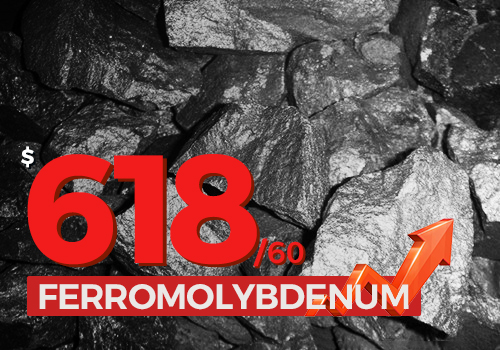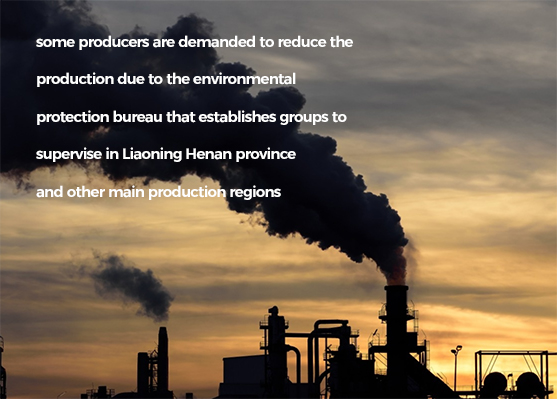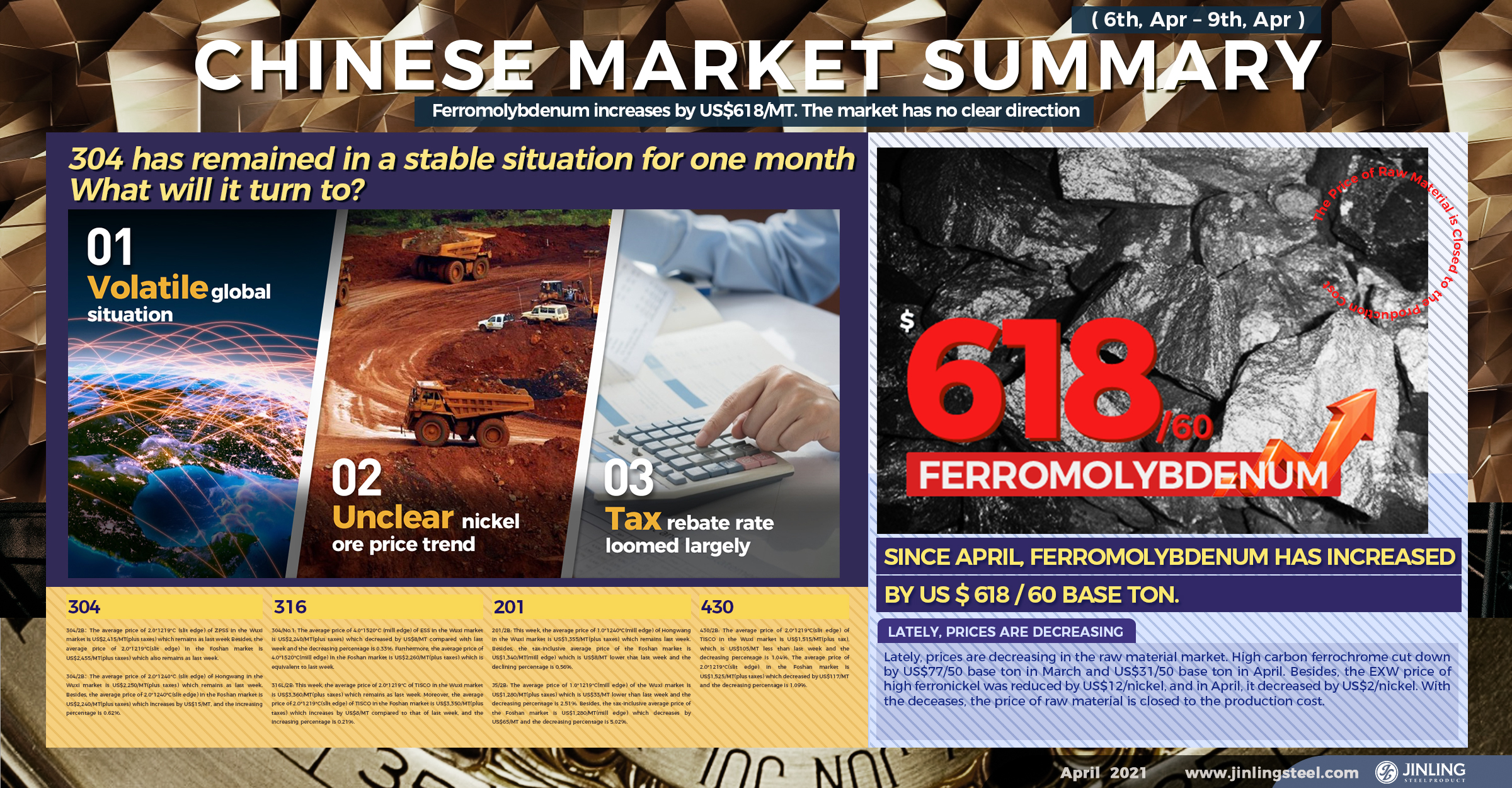304/2B: The average price of 2.0*1219*C (slit edge) of ZPSS in the Wuxi market is US$2,415/MT(plus taxes) which remains as last week Besides, the average price of 2.0*1219*C(slit edge) in the Foshan market is US$2,455/MT(plus taxes) which also remains as last week.
304/2B: The average price of 2.0*1240*C (slit edge) of Hongwang in the Wuxi market is US$2,250/MT(plus taxes) which remains as last week. Besides, the average price of 2.0*1240*C(slit edge) in the Foshan market is US$2,240/MT(plus taxes) which increases by US$15/MT, and the increasing percentage is 0.62%.
304/No.1: The average price of 4.0*1520*C (mill edge) of ESS in the Wuxi market is US$2,240/MT(plus taxes) which decreased by US$8/MT compared with last week and the decreasing percentage is 0.33%. Furthermore, the average price of 4.0*1520*C(mill edge) in the Foshan market is US$2,260/MT(plus taxes) which is equivalent to last week.
316L/2B: This week, the average price of 2.0*1219*C of TISCO in the Wuxi market is US$3,360/MT(plus taxes) which remains as last week. Moreover, the average price of 2.0*1219*C(slit edge) of TISCO in the Foshan market is US$3,350/MT(plus taxes) which increases by US$8/MT compared to that of last week, and the increasing percentage is 0.21%.
316L/No.1: This week, the average price of 4.0*1500*C(mill edge) of ESS in the Wuxi market is US$3,180/MT(plus taxes) which maintains the same price as last week. What's more, the average price of 4.0*1500*C(mill edge) in the Foshan market is US$3,200/MT(plus taxes) which decreased by US$8/MT compared to last week and the decreasing percentage is 0.22%.
201/2B: This week, the average price of 1.0*1240*C(mill edge) of Hongwang in the Wuxi market is US$1,355/MT(plus taxes) which remains last week. Besides, the tax-inclusive average price of the Foshan market is US$1,340/MT(mill edge) which is US$8/MT lower that last week and the declining percentage is 0.56%.
J5/2B: The average price of 1.0*1219*C(mill edge) of the Wuxi market is US$1,300/MT(plus taxes) which remains as last week. Besides, the tax-inclusive average price of the Foshan market is US$1,275/MT(mill edge) which decreases by US$12/MT and the decreasing percentage is 0.89%.
430/2B: The average price of 2.0*1219*C(slit edge) of TISCO in the Wuxi market is US$1,515/MT(plus tax), which is US$105/MT less than last week and the decreasing percentage is 1.04%. The average price of 2.0*1219*C(slit edge) in the Foshan market is US$1,525/MT(plus taxes) which decreased by US$117/MT and the decreasing percentage is 1.09%.
Products||304 has remained in a stable situation for one month. What will it turn to?
Since the later March, the stainless steel market has stayed in a stable status for quite a long time. We thought that after the 3-day holiday in April, the trend in the market would have made a change. However, the steel mills accept orders which maintain the previous prices. Buyers are actively settling orders because the market has been short of inventory last week. But the overall prices did not change, why?

Indistinct future:
1. Tax rebate rate loomed largely: rumor has it that tax rebate rate is to be reduced or canceled in terms of steel and products made of steel. But it remains buzzing around without any confirmative document from the official.
2. Unclear nickel ore price trend: when the rainy season is closed to an end, the supply of nickel ore is gradually recovered. The problem is that the raw material cost of the ferronickel plants decreases less than people expected because the iron ore price has remained rather high. For this issue, related authorities in China have carried out studies about iron ore. In the future, it is still unclear how the price of iron ore will go.
3. Volatile global situation: lately, international bulk commodity prices have risen significantly, and the United States has implemented large-scale fiscal stimulus policies. In response to global inflation, the National Development and Reform Commission stated: bulk commodity prices do not have the basis for long-term increases.
304: running out of stock is contemporarily only.
About the order acceptance by the large mills last week, it was substantial. It seems to become a new normal that HR is more expensive than CR. Since the cold-rolled resources were gathered, some specifications of products are in shortage. Products form the same market, but the price difference is huge among specifications, so the price fails to drop.
Besides, an agency in Foshan is active in placing orders to collocate some low-price resources during the delivery from the mill. Influenced by the attitude of chasing ups, people are now optimistic about the price trend which will further boost the price this week.
From the perspective of raw material, last week the raw material market has been in a feeble status. Although the high ferronickel price has been stable this week and remained at US$171/MT, the price of nickel ore started to decline actually. The CIF price of the nickel ore with 1.5 concentration was reduced by US$4 and to US$67/MT. For now, the profit margin is enough for most plants, but the cost is going down.
For ferrochrome, the decreasing trend has been extending. It decreased by US$31 to US$1,267/50 base ton. Driven by the high profit, more plants will invest in ferrochrome production, thereby the supply will be more sufficient, which will lead to a decline in price.
Besides, the gap between the prices of spots and futures is too large to promote the steel mills' enthusiasm for the settlement in the stock market. Maybe, there will be more resources handed to the spot market. In the later April, 304 supply will be enlarged, which will curb the price of 304 in the future.
201: High pressure in the inventory remains.
In the Wuxi market, now the inventory of 201 is about 73.7thousand tons, only 1,400 tons less was consumed compared to last week. Furthermore, more resources are on the road to the market. According to our database, next week, there will be approximately 15 thousand tons of 201 supplied to the Wuxi market.
As for the supply of 201, it takes time to consume the high amount of inventory. Some mills have noticed this because we find from the April production schedule that the production of 201 is reduced and more 300 series are arranged in the production line. But for some factories that are disadvantaged in producing 300 series, they have to maintain the high production of 201.
For the buyers, they prefer to purchasing sheet products than the coil because the coil is more expensive than the sheet now. Because of this abnormal price reverse, it lowers down the speed of the coil’s sale.
Because the market has enough stocks, purchasers have also shortened the stocking period from one month to the current one week, which has also restrained demand.
430: ferrochrome will no longer be the price support.
In Inner Mongolia, in March, the high chrome production decreased to 208.2 thousand tons, while in other regions, totally it increased by 49 thousand tons and in China, the total amount of high chrome produced is around 460 thousand tons. At the beginning of April, Inner Mongolia carries out a power ration plan of 800 million kWh which is larger than the ratio in quarter one. It is predicted that in April, the high chrome production will lift to over 40 thousand tons. Moreover, in other production areas, the amount will increase. Nationally, the production of high chrome will increase back to more than 500 thousand tons, thereby the high price of the 400 series will not be supported by its raw material.
Thanks to the considerable profit, steel mills enlarge the investment in producing 430. However, demand fails to meet up with the supply. For example, to avoid the tax rebate policy in terms of the exporting business, many trading companies hurried all the production up in the precious time. But the policy does not settle, and meanwhile, the previous actions have overdrawn the demand of 430.
At present, the cost of 430 is reducing, the stock pressure is high, large funds are occupied. According to the traders, the export volume of the 400 series did not change a lot last week. The inventory of traders decreased slightly. Besides, the decrease in transaction price represents a negative attitude toward the future market.
Raw Material|| Only ferromolybdenum rises and increases by US$618/MT.

This week, a supplier of ferromolybdenum tells that the price is increasing. Last week, the highest quoting price increased to US$18,083/60 base ton, and the transaction price also increased to US$17,774/60 base ton. Since April, ferromolybdenum has increased by US$618/60 base ton.
Lately, prices are decreasing in the raw material market. High carbon ferrochrome cut down by US$77/50 base ton in March and US$31/50 base ton in April. Besides, the EXW price of high ferronickel was reduced by US$12/nickel, and in April, it decreased by US$2/nickel. With the deceases, the price of raw material is closed to the production cost.

The reason why only the production of ferromolybdenum increases, while others decrease, is that some producers are demanded to reduce the production due to the environmental protection bureau that establishes groups to supervise in Liaoning, Henan province, and other main production regions. Influenced by this governmental action, the price of molybdenum concentrate has a large increase of US$5-8/NT, further pushing up the price of ferromolybdenum.
Last weekend, a steel mill in Shanxi province had an intention to tender for ferromolybdenum and set the purchasing price at around US$17,000/60 base ton, but not many were willing to supply at this price.
A ferromolybdenum factory explained that regarding the current raw material cost, the price of ferromolybdenum should be more than US$17,465 /60 base tons to maintain the normal operation of the factory. Therefore, with such a low purchasing price, factories are unwilling to join.
The “two sessions” listed environmental protection supervision as the focus of the "14th Five-Year Plan". As an energy-intensive industry, stainless steel raw material manufacturers have once again become the major industry of supervision, not to mention producers of ferronickel, ferrochrome, ferromolybdenum, and other ferroalloys who are difficult to avoid strict policies. In the long run, the development of these industries will be closely monitored by environmental protection departments, and price trends will also be greatly affected by environmental protection policies.
---------------------------------------------------------------------------Stainless Steel Market Summary in China---------------------------------------------------------------------------
